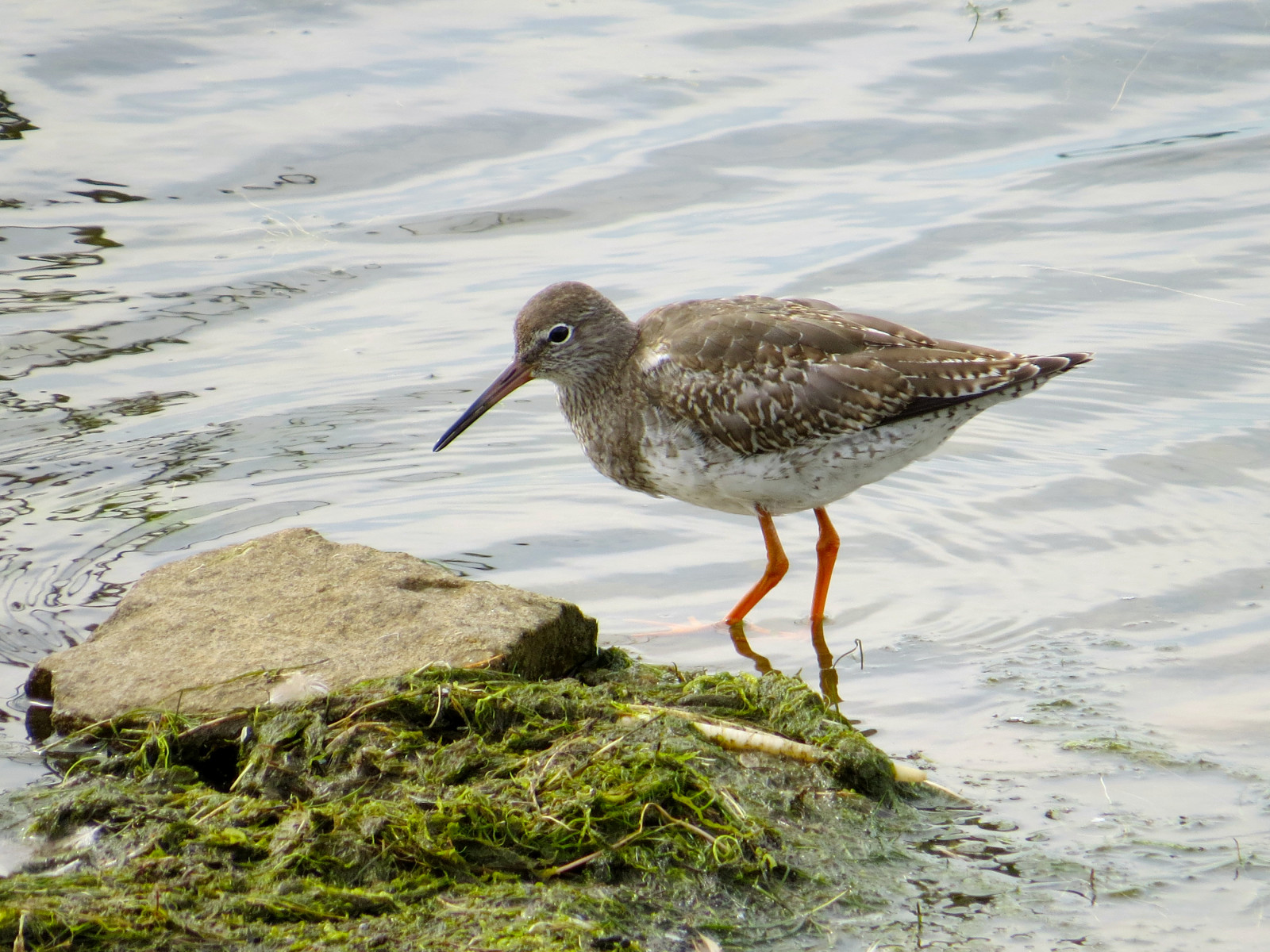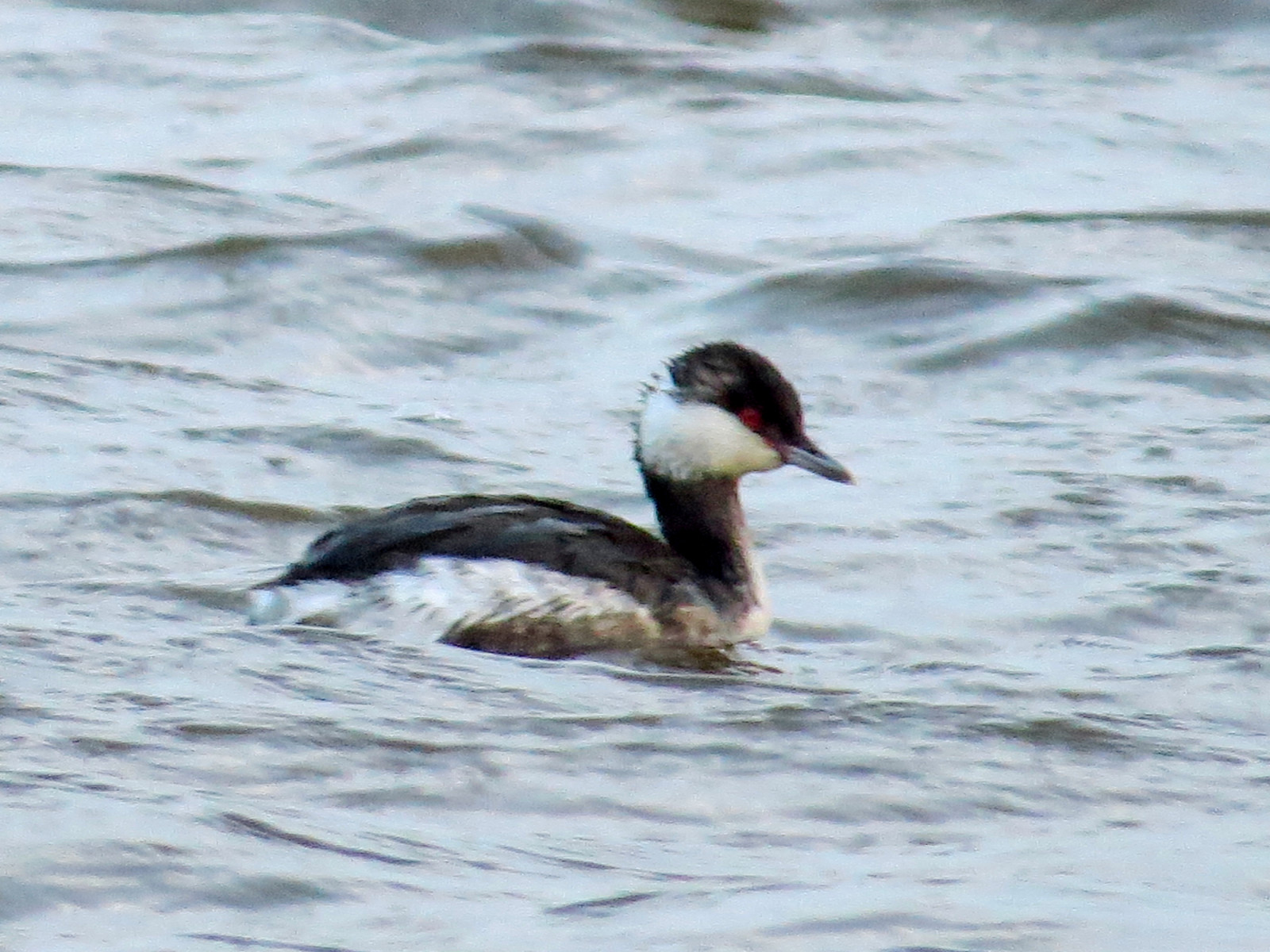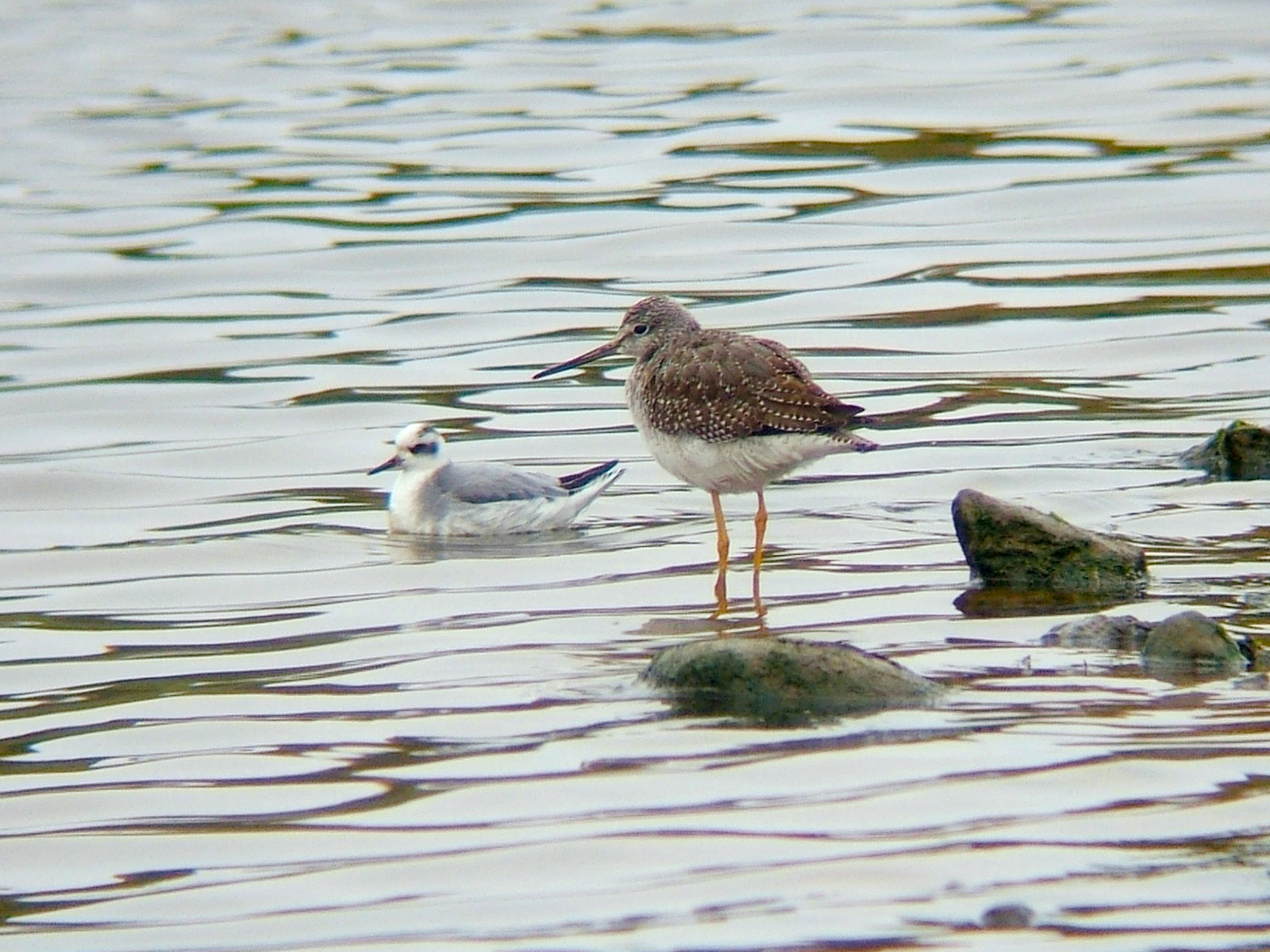Beschreibung
Hauxley Nature Reserve attracts a good range of birds, with around 140 bird species a year being seen. Right next to the beach, it offers views across the length of Druridge Bay. The reserve attracts a wide variety of birds from Graugans and Kanadagans to Bläßhuhn, Teichhuhn and Großer Brachvogel, to Feldsperling, Rohrammer and Gimpel. Large numbers of Pink-footed Geese can be found on adjacent fields. In summer, terns breeding on nearby Coquet Island often visit to bathe in the fresh water, including occasional Rosenseeschwalbes. A selection of ducks, mainly winter visitors, are found. Woodlands birds (tits, warblers) have started to colonise with the maturation of the 1980s-1990s planted trees. The adjacent beach attracts a selection of waders, including Meerstrandläufer in winter, and Sichelstrandläufer on autumn passage. The sea is also worth scanning for seabirds, including large numbers of Papageitaucher from Coquet Island.
A number of rare species have been recorded, including Baird's Sandpiper, Großer Gelbschenkel, Thorshühnchen, and Zügelseeschwalbe. See the bird list below.
The well made paths and accessible hides make the reserve easy to use for disabled and elderly visitors.
Details
Zugang
East of the A1068 road, 2km south east of Amble. From the south, take left on to Hauxley Lane, then right along small access road after Hauxley village. Car park, and small visitor centre with café and toilets. Click on the P in the map to get directions. There are good paths leading to all hides and a circular walk (2.5 km) around the reserve.
Cycle access is good, the reserve being right next to the UK National Cycle Network Route 1. Public transport access is very poor, with the nearest bus services almost 4 km away in Amble.
Note that access to the Ponteland and Tern Hides from the minor road to Hadston Carrs south of the reserve is no longer possible.



